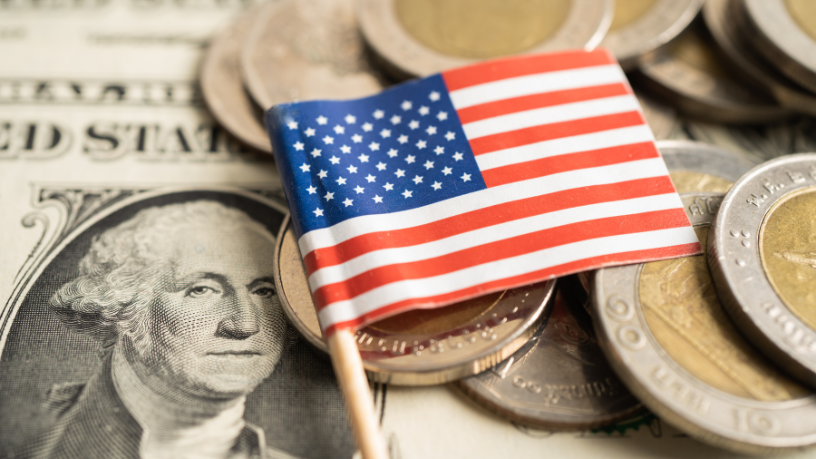The Trump tariffs in 2025 have taken center stage as President Donald Trump reshapes U.S. trade policy with a bold and aggressive approach. As of March 26 2025 tariffs already enacted on major trading partners like China Canada and Mexico are sending ripples through the global economy. Meanwhile threatened tariffs loom over other nations and industries creating uncertainty for businesses and consumers alike. This article dives into the current state of Trump tariffs in 2025 exploring what’s in place what’s on the horizon and how these policies could affect everyday Americans.
The enacted Trump tariffs in 2025 kicked off with a bang shortly after Trump’s inauguration. On February 4 a 25 percent tariff hit most goods from Canada and Mexico while a 10 percent levy was slapped on Chinese imports. These initial moves targeted over $800 billion in goods with carve-outs for certain sectors like autos under the U.S.-Mexico-Canada Agreement. By March 4 the tariff on Chinese goods jumped to 20 percent reflecting Trump’s focus on pressuring Beijing over trade imbalances and fentanyl precursors. The Trump tariffs in 2025 aim to boost domestic industries but economists warn they could drive up consumer prices significantly.
Threatened Trump tariffs in 2025 add another layer of complexity. Trump has floated a 200 percent tariff on European alcohol in response to potential EU retaliation alongside a 100 percent tariff on BRICS nations if they shift away from the U.S. dollar. A proposed April 2 rollout of broader tariffs could impact trillions of dollars in trade targeting everything from pharmaceuticals to semiconductors. These threatened Trump tariffs in 2025 are part of a strategy to extract concessions from other countries but they risk sparking a full-blown trade war if enacted without negotiation.
The economic fallout from Trump tariffs in 2025 is already visible. Prices for everyday goods like avocados from Mexico and electronics from China are climbing as businesses pass costs onto consumers. Economists estimate that the enacted tariffs could cost U.S. households $1200 to $2000 annually with lower-income families feeling the pinch most. The Trump tariffs in 2025 have also triggered retaliatory measures—Canada imposed 25 percent tariffs on U.S. exports and the EU is gearing up for levies on $24 billion in American goods. This tit-for-tat escalation threatens jobs in export-heavy states like Florida and Ohio.
Industries are scrambling to adapt to Trump tariffs in 2025. Domestic steel and aluminum producers cheer the 25 percent global tariffs enacted on March 12 seeing a chance to reclaim market share. Yet automakers and tech firms reliant on cross-border supply chains face higher costs and potential disruptions. The threatened Trump tariffs in 2025 on computer chips and pharmaceuticals could further strain these sectors forcing companies to rethink manufacturing strategies. Some argue this could bring jobs back to the U.S. though skeptics point to automation as a limiter on employment gains.
On the global stage Trump tariffs in 2025 are reshaping alliances. Canada’s Prime Minister Justin Trudeau and Mexico’s President Claudia Sheinbaum have voiced frustration with Ontario even threatening to cut electricity exports to the U.S. The EU’s planned countermeasures signal a unified front against Trump tariffs in 2025 while China opts for currency adjustments to offset losses. These responses highlight the high stakes of Trump’s trade gambit—success could strengthen U.S. leverage but failure might isolate America economically.
Consumers are at the heart of the Trump tariffs in 2025 debate. With tariffs driving up the cost of imported goods grocery bills and gas prices are ticking higher. A smartphone could cost $200 more if threatened tariffs on electronics take hold according to industry groups. Critics of Trump tariffs in 2025 argue they’re a tax on Americans not foreign producers while supporters see them as a necessary pain for long-term gains. Public opinion remains split with polls showing 60 percent of Americans opposing the tariffs due to price concerns.
Looking ahead the trajectory of Trump tariffs in 2025 hinges on negotiation and execution. Will threatened tariffs become reality or serve as bargaining chips? The April 2 deadline looms large promising either a dramatic escalation or a strategic pivot. For now Trump tariffs in 2025 are a defining feature of his second term blending economic nationalism with unpredictable brinkmanship. As businesses consumers and nations adjust the full impact of these policies will unfold in the months to come—shaping America’s place in a rapidly changing world.
Author: Bergezin Vuc
Source: Assessoria de Comunicação da Saftec Digital







